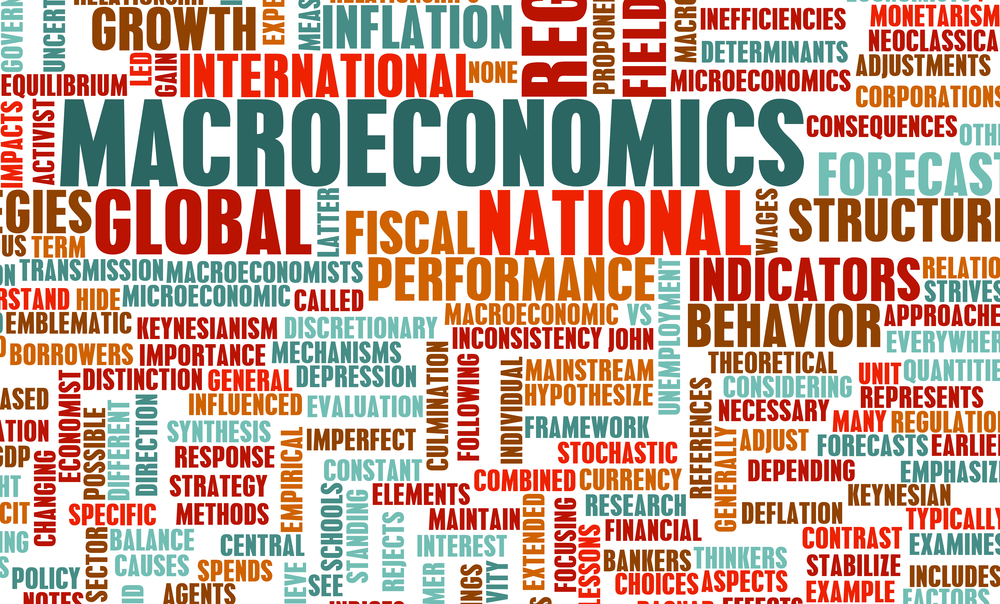Economic commentators, senators, politicians, academics, folks of the business world and entrepreneurs are banging drums about the effectiveness of monetary policy in an environment where real interest rates are near zero or lower, bond yields are inverted and inflation is below the target band in the face of robust employment. The environment is therefore prodigious and shows the full impact of recognition and response lag – something that is notorious with macroeconomic policies due to the disconnect between decision makers acknowledgement of a problem and their subsequent implementation and action plan.
In Australia, economic indicators provided mixed signals (inflation, unemployment, housing prices, business investment) and ultimately the mandate’s core objective stood its ground as it is in the best interest of the Reserve Bank (as articulated in its charter and framework for Monetary Policy) to keep inflation in its target band of 2-3 percent over the medium term. This targeting has served Australia’s economy very well, including during price pressure periods in the mining boom, however, what is going to happen over the course of the next one or two years? Will the dovish stance feed its way into real negative interest rates with a hope of resurrecting investment and borrowing and a subsequent magnification of the margin propensity to consume across households? If so, will the Reserve Bank meet its 2-3 percent target band (which I must add, is amongst the highest in the developed world) or will it perpetually undershoot it and risk their own credibility? Perhaps it is time for bond markets to continue to rally amidst the global backdrop of falling global interest rates (in the absence of any uptick in inflation) and rely on the government to induce fiscal responses to economic management. I mean, when the rates were cut the other day; the AUDUSD gained with the market expectation theory pricing in the dovish stance from the Federal Reserve already (Lowe hopes the AUDUSD depreciates so that import competing industries fare better, exports flourish and mainly; lower debt repayment costs inject more propensity for households to spend in the economy and drive inflation via the economic multiplier).
Evidently, some believe that the tools of cash and interest rate management have done all the work they can possibly do and these are now really moving towards zero (interest rates) and growth is still slowing globally! Easy money alone won’t lift pay, productivity and prices. Additionally, the onset of tighter lending conditions brought on by the Royal Commission has also put an end to the ‘irrational exuberance’ displayed by homebuyers in late 2015, 2016 and 2017 (and yes, I saw the property adjustment imminent when access to local property investment was stripped away from foreign nationals and with all the tough red tape).

This is a situation that calls for a greater emphasis on not only fiscal policy but microeconomic and structural reform to ignite the levers of innovation and inter-sectoral collaboration between all entities in the economy. Structural policies that support innovation frameworks, expansionary conditions at the firm level, employment opportunities (at a cross border and global level) as well as vested interest in amplifying a dynamic business sector is paramount to boosting productivity and driving the right environmental conditions for prosperity. Instead of engaging in trade wars with nations; nurture capabilities and cross pollinate business models. Instead of creating red tape, enable co-creation and serendipity and trust based framework (all the big fours, consulting firms, technology incubators, innovation bodies and consumer sovereignty groups will agree that this will collectively drive choice, diversity and competition). Find and nurture market creating opportunities to a) offer product and services that was previously unaffordable or otherwise unattainable b) leveraging business models and value chains that focus on collective profitability and growth c) generate for and by local markets to drive global outlooks d) generate local jobs to fuel economies (and facilitate the mobilisation of labour between countries) and ultimate scale up the nations collective abilities to drive breakthrough growth! These are the real tools of the networked economy in this day and age!
Remember, at the end of the day, a frog who lives in a well will always think that is forever its ocean.
All Opinions In This Article Are Of thealphaswamer – contact for consulting


